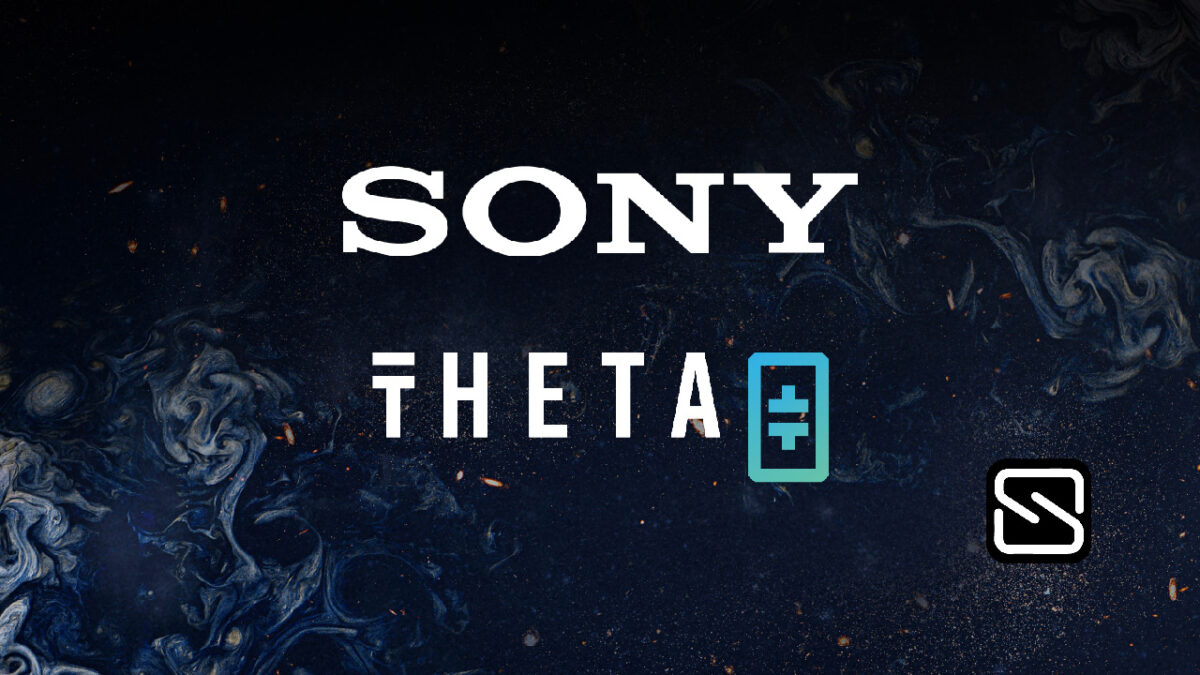3D NFTs are moving one step closer to becoming a reality. Theta Labs, the company behind the blockchain-based video streaming platform Theta, has teamed up with Sony to release two types of 3D NFTs built specifically for use with the Sony Spatial Reality Display (SRD).
Sony’s SRD, a tablet-like device that displays three-dimensional visuals in semi-physical augmented reality, permits users to view and manipulate 3D objects without the use of glasses or other accessories. The SRD display tracks eye movement, pivoting the image in sync as the viewer tilts or moves their head in any direction, creating the sensation of a solid 3D object. The NFTs launched by Theta and Sony will thus be viewable and manipulable on the SRD in mixed reality 3D, without the assistance of eye accessories.
One of the two SRD-enabled NFTs, a Tiki mask called “The Tiki Guy,” will be limited-edition: only 10 “Tiki Guy” NFTs will be created. However, owners of the NFT with a U.S. shipping address will receive a free Sony SRD. The SRD currently sells for $5,000 per unit.
The NFTs will be released on ThetaDrop, Theta Labs’ NFT marketplace, which previously released Katy Perry’s first NFT collection, as well as promotional NFT collections for the World Poker Tour, singing competition “American Idol”, and the game show “The Price is Right.”
The SRD will be integrated into more projects developed for the metaverse, a future, more immersive version of the internet that people will use to work, play, and socialize in augmented and virtual settings, as part of the NFT launch. In a news statement, Nick Colsey, Sony’s VP of business development, said, “Immersive, three-dimensional NFTs are a terrific way to highlight the possibilities of Sony’s Spatial Reality Display for metaverse aficionados and collectors.”
“Theta’s NFTs are just the latest way we can show our rapid adoption of metaverse-friendly technology,” he said. This marks a public-facing shift in Sony’s marketing of the SRD since its launch in late 2020, the device has primarily been touted as an industry development tool for designers, artists, and engineers.
One of the most significant challenges facing the metaverse, according to technology experts, is the development of technologies that allow people to completely immerse themselves in digital worlds without relying on unduly complicated or expensive hardware. In augmented reality, some NFT businesses have attempted to use smartphone technology to tackle this problem (AR). Devices like Sony’s SRD could help by bridging the physical and digital worlds yet as the Theta/Sony NFT drop’s hardware giveaway suggests, the device’s $5,000 price tag may be prohibitively pricey for casual users.
Another point of debate in the metaverse’s potential is interoperability: the capacity of digital objects like NFTs to freely move between the many platforms and formats that will make up the metaverse. Theta and Sony NFTs, for example, can only be used with a Sony SRD. Future owners of these NFTs will have to repurchase 2D versions of the same NFTs from Theta for an extra cost if they want to display them in 2D on their Twitter account or PC.
